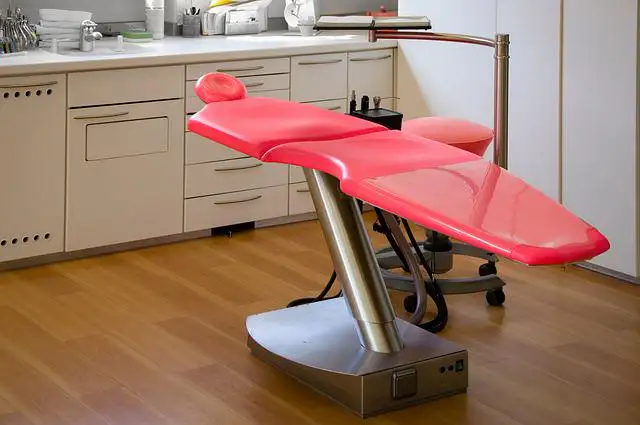1.Dental Bridges: Anchoring the Gap
Dental bridges are fixed prosthetics that bridge the gap left by missing teeth. They typically consist of two or more crowns cemented to adjacent teeth, supporting a false tooth in the middle. Bridges offer several advantages:
Improved appearance: They restore your smile's aesthetics and fill the gap, preventing facial sagging.
Enhanced speech and chewing: Bridges restore proper bite function and eliminate difficulties with speaking certain sounds.
Durability: With proper care, bridges can last for many years.
However, bridges also have drawbacks:
Preparation of adjacent teeth: Requires trimming healthy teeth to accommodate the crowns.
Potential for future problems: The underlying teeth supporting the bridge might require future treatment if decay or infection develops.
Higher cost: Bridges can be more expensive than some alternative options, like dentures.
2.Dentures: A Removable Solution
Dentures are full or partial sets of replacement teeth held in place by the gums or remaining natural teeth. They offer several benefits:
Removable: Dentures provide flexibility and ease of cleaning.
Cost-effective: Compared to implants or bridges, dentures are generally more affordable.
Improved appearance: Modern dentures look natural and restore your smile.
However, dentures also come with downsides:
Potential for discomfort: Dentures can cause irritation or soreness, especially during initial adjustment.
Bone loss: Over time, wearing dentures can lead to bone loss in the jaw.
Speech and chewing limitations: Dentures may not provide the same level of stability and function as natural teeth.
3.Partial Dentures: Filling the Gaps Strategically
Partial dentures are ideal for replacing a few missing teeth within a dental arch. They consist of a gum-colored base that holds prosthetic teeth and clasps that attach to remaining natural teeth for support. Partial dentures offer advantages like:
Preserving natural teeth: Unlike bridges, they don't require modifying healthy teeth.
Cost-effective: More affordable than full dentures or implants.
Improved appearance and function: Restore aesthetics and chewing ability.
However, similar to full dentures, partial dentures may also cause:
Discomfort: Initial adjustment period might involve soreness or irritation.
Bone loss: Over time, bone loss around missing teeth can occur.
Speech and chewing limitations: May not provide the same level of stability and function as natural teeth.
4.Flippers: A Temporary Smile
Flippers are temporary, cost-effective partial dentures typically made of acrylic. They are often used as a placeholder solution while waiting for permanent options like bridges or implants. Flippers offer:
Affordable temporary solution: Ideal for short-term needs or budget constraints.
Improved appearance: Restore aesthetics and fill the gap temporarily.

